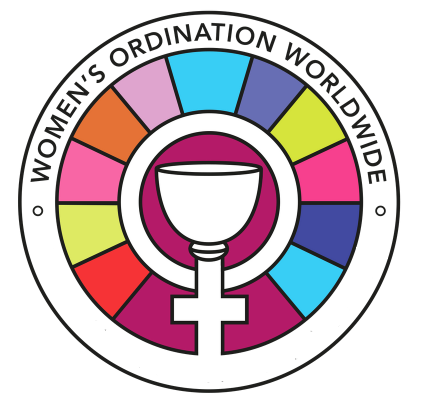Abbesses
/Abbesses
Whatever the restrictions on female monasticism were at any particular time, the actual lifestyle of a particular convent was determined to a large extent by the abbess. In many instances, she had as much power as her male counterpart. Despite the church’s best efforts to put tight reins on nunneries, the abbess often ruled her community according to her own prescribed standards. This was possible because ‘monasticism from its very beginning… lay outside the established order of the Church.’ It was this factor, more than any other that allowed women a meaningful place in the religious life of the Middle Ages. Susan Bell maintains that ‘nuns could and did achieve complete equality with men in the Middle Ages, particularly between the 6th and 12th centuries.’
Whether there was actual complete equality between the sexes in monasticism is a matter for debate but certainly monasticism offered women a place of prominence that could not be found elsewhere in the Church. Indeed, in rare instances, abbesses wielded power comparable to that of the local bishop. Lioba’s mentor, Mother Tetta, for example was said to be ‘so powerful in her ability to lead her community that no man dared enter into her monastery; even bishops were forbidden.’ The power of the abbess was reinforced by the religious symbolism that was and is so pervasive in Catholicism. ‘Like the bishops and abbots, they wore the mitre and cross and carried the staff.’ During the installation service of the abbess of St. Cecilia in Cologne, ‘each member of the clergy under her jurisdiction passed before her, prostrating himself, and kissing her hand.’ The abbess of Las Huelgas in Spain served as ‘dame, superior, prelate, legitimate administrator, spiritual and temporal,’ not only of her own monastery but also of the ‘convents, churches, and hermitages’ under her jurisdiction. Even if she did not wield ecclesiastical power, it was common for the head of the convent to act as a business administrator with wide ranging duties closely tied to the local economy and politics. This is illustrated in Chaucer’s Tales. Here, the prioress is a ‘woman of proud breeding, and large responsibilities administering a spacious domain as the source of her convent’s revenues.’
The position of abbess was the highest to which a woman could attain. It was clearly above that of prioress — women who also ruled convents but were subject to an abbot. The abbess not only ruled a large community of nuns (and frequently monks as well), but also had jurisdiction over vast territories that included villages and towns. And this jurisdiction in a number of instances did not involve merely civil matters. According to Joan Morris, ‘the abbess of a religious order was an ordained person even though those who were under her were not so’, and ‘they were exempt from jurisdiction of a bishop and directly dependent on the Holy See.’ Morris argues in her book, The Lady Was A Bishop, that the long history of women with clerical ordination has been purposely hidden in an effort to hold women back.
- Daughters of the Church: Women and ministry from New Testament times to the present, by Ruth A. Tucker and Walter L. Liefield, Zondervan 1987 pp 143-145

